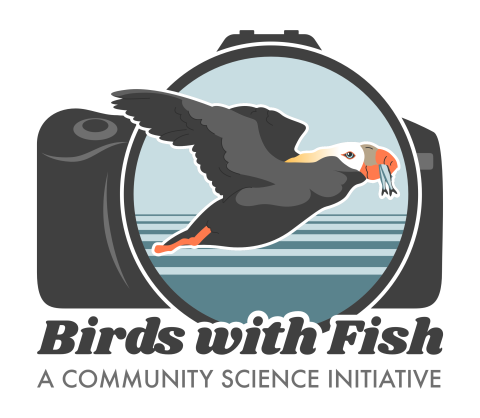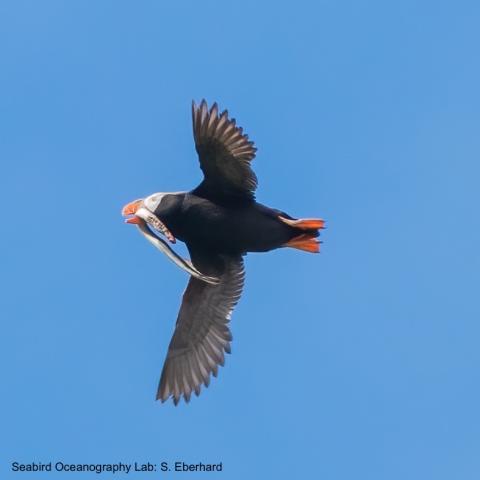
Seabird Oceanography Lab
Seabird Oceanography Lab
The Seabird Oceanography Lab (SOL) at Oregon State University is involved in research focusing on seabird ecology, movement ecology, oceanography, and integrated ecosystem studies while providing research and educational opportunities for students. We are spread across OSU’s Hatfield Marine Science Center in Newport, and OSU’s main campus in Corvallis, with our academic home in the Department of Fisheries, Wildlife, and Conservation Sciences.
Our research applications range from colony- and vessel-based observational studies to deploying state of the art electronics to study individual foraging, dispersal, migration, and behavior patterns of seabirds. These biologging data are often integrated with in-situ and remotely-sensed measures of prey resources or their proxies or related to human activities (e.g., fishing) or threats. In addition to environmental "bottom-up" studies, we also study the "top-down" effects of predators on seabird population dynamics and life histories.
Conservation aspects of our research include species restoration, population assessment and monitoring, seabird-fishery interactions, identification of marine important bird areas, and marine spatial planning.
We seek to engage students and the public in seabird science and conservation via social media, community presentations, experiential education, banding programs, webcams, and other means.
Join Us!
Undergraduate Seabird Predator Field Assistant
(Full Consideration Date March 17th)
The Seabird Predator Field Assistant will support ongoing research into the predation of seabirds by native terrestrial carnivores throughout Curry County, Oregon during the summer 2024 field season (June 17th to September 13th). The Field Assistant will work directly with an MSc student on various field and laboratory tasks, including camera trap deployment, mesocarnivore scat analysis, and seabird GPS tag deployment. This work will require hiking over uneven terrain, operating sea kayaks in choppy surf, and the transport of large amounts of equipment up steep island cliffs. Housing will be provided throughout the duration of the appointment at no cost to the selected applicant.
To be eligible for this position, applicants must be enrolled at least half-time at an undergraduate institution during the Spring and Fall terms of 2024. Applications must be submitted through the OSU Jobs Portal; please email [email protected] with any questions.
Tufted Puffin Bill Load Photography Technician (Information on when to apply will be posted soon!)
Haystack Rock, located in Cannon Beach Oregon is one of Oregon's few tufted puffin colonies. The colony and birds are viewable from the beach. We will be recruiting an undergraduate field technician to photography tufted puffins with bill loads as they return to the colony to feed their chicks. The field season is expected to go from July 1 to Aug 16. Applicants with a strong interest in photography are encouraged to apply. To be eligible for this position, applicants must be enrolled at least half-time at an undergraduate institution during the Spring and Fall terms of 2024.

Help us understand what marine and estuarine birds eat on the Oregon coast.
Submit your photos to Birds with Fish!

